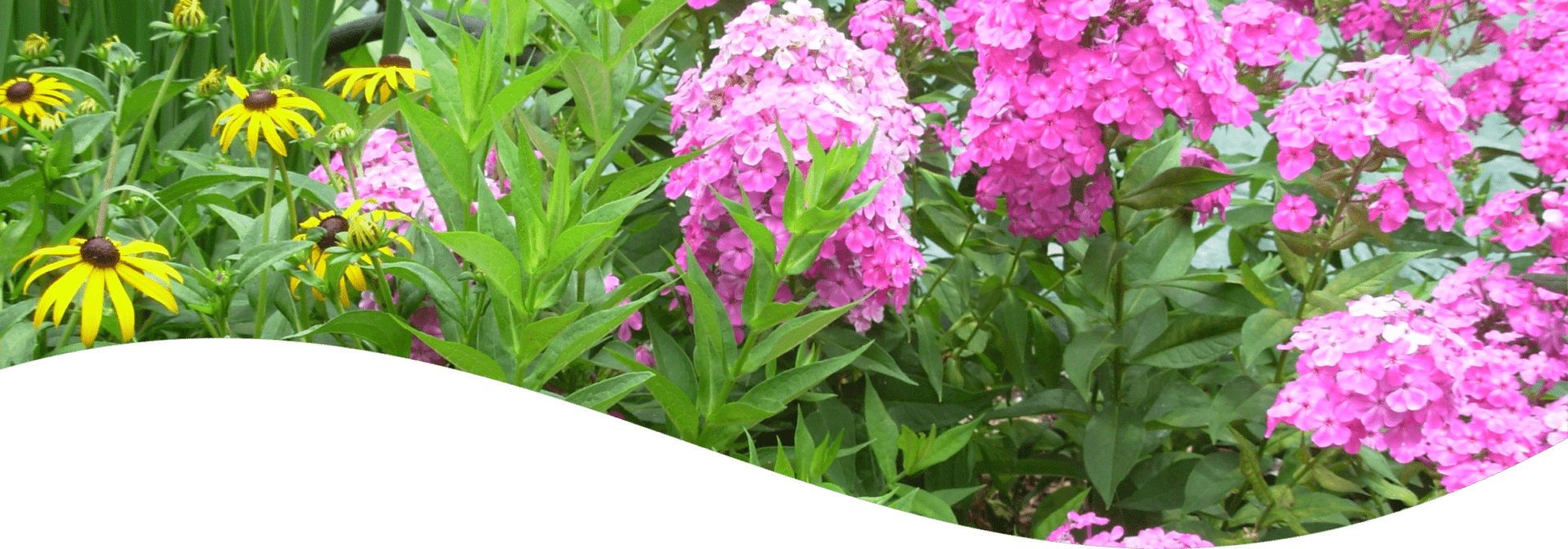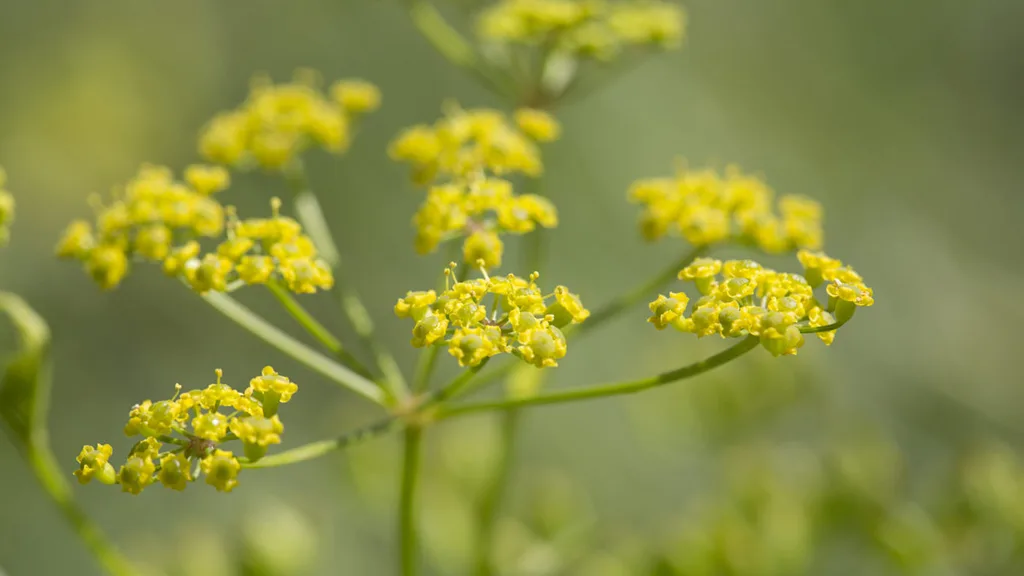Characteristics and Locations
- Wild Parsnip can be found in open fields, lawns, along roadsides, and in pastures. It grows up to 5’ tall and has hollow, grooved stems that are hairless. The leaves look very similar to large celery leaves, yellow-green and coarsely toothed. Wild Parsnip does flower, it has small clusters of yellow flowers in a flat top array approx. 3-8” across. Flowering of Wild Parsnip usually occurs during the second year of growth, starting in May or June, lasting 1-2 months. The seeds produced are flat, brown and slightly winged to facilitate wind dispersal.
Why is Wild Parsnip Dangerous?
- Wild Parsnip contains a sappy chemical called furanocoumarins, which makes the skin more vulnerable to ultraviolet radiation (sunlight). Breaking or brushing up against this weed releases the sap and when combined with sunlight, it can cause severe burns within 24 to 48 hours. This reaction is known as phytophotodermatitis, it also can cause discoloration of the skin and increase sensitivity to sunlight that may last for several years, there is no telling when you will fully heal from this reaction.
How to Control
- Manual removal can be effective for small areas. Cutting roots 1-2” below the soil or pulling plants by hand before they release their seeds. If you’re removing the plant after seeds have already developed, cut the seed heads and put them in a plastic bag–leave the bag of seeds in the sun for one week to kill the seed heads before disposal. Mowing this weed AFTER flowers have bloomed but BEFORE seeds have developed can kill this plant. Some of the weed might re-sprout back up, re-mow this area again. Herbicides can be applied for spot treatment to new shoots, which can help limit growth and spread.
This information was taken from: WildParsnip Information There are some detailed photos within the link.

